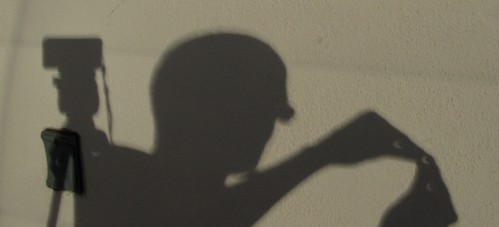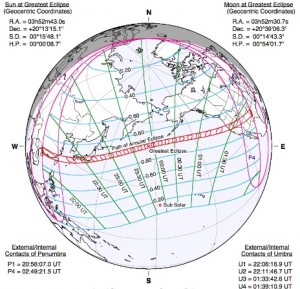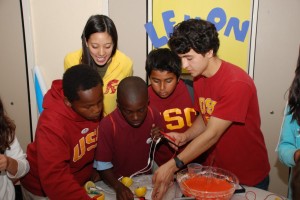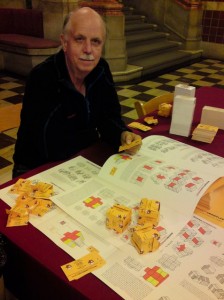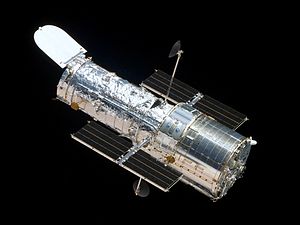9:30am, my office. Phone rings. I get it on the first ring.
Hello?
Oh. Is that… Professor… Johnson?
Yes.
Oh! I was not expecting to… Well I’m watching this program, and had some questions…
I see.
Well, when you say…
Well, who am I talking to?
Oh, I’m [name].
Hi.
Hi… So, when you say millions of years, even billions of years in these programs… do you mean earth years? or, um, do you mean space years?
Oh, that’s a good question. I mean the regular years. Earth years, if you like.
Oh. So these things are really that old.
Oh, yes. They are.
I have one more question.
Of course, please go ahead.
Michio Kaku says that the universe is full of many things and all you have to do is ask for something and you’ll get it. How do you go about doing that?
Uh… Well… I’m not sure I understand what that means…
Well, you know we come from supernovae…. and… we’re from space… and there are maybe lots of gods out there that we can ask for things…Kaku says we can just ask the universe. How does one do that?
Well… I am not sure what he had in mind. It might be…. might be best to ask him…. But maybe what he meant is that the universe is a very big place, with lots of things going on, and maybe he meant that there are all sorts of things you could find out there because it is so big and diverse… But perhaps he did not have in mind that a particular person could go out and get any of those things… but you might want to ask him. I can’t say for sure.
Oh, ok.
But I can tell you what I think. I think that while the universe is a big and exciting diverse place, it is still the case that a given individual only has limited access to all those things in it. It is a big place, and so you mostly only have access to what you can get to locally. Travelling around it takes a long time…
Oh, I see. Well, thank you.
And… thank you, by the way, for watching the program. I am glad you enjoyed it.
Yes, I love these programs.
I’m glad to hear that. I hope you continue watching and do tell your friends about them too. All the best.
Goodbye.
Goodbye.
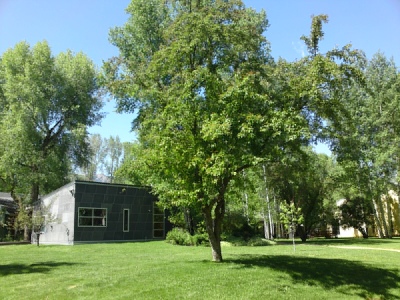 I’m at the Aspen Center for Physics for some time this week. It is a big week. You will perhaps recall that I’m involved in making a short film for the 50th Anniversary celebrations of the ACP (see some earlier posts) and now we are doing another batch of shooting. Not just interviews, as we have been doing so far, but much of the other footage we need, such as the lovely grounds, the various physicists using the center, in myriad ways, and so forth. We’ve had a super long day today, which[…] Click to continue reading this post
I’m at the Aspen Center for Physics for some time this week. It is a big week. You will perhaps recall that I’m involved in making a short film for the 50th Anniversary celebrations of the ACP (see some earlier posts) and now we are doing another batch of shooting. Not just interviews, as we have been doing so far, but much of the other footage we need, such as the lovely grounds, the various physicists using the center, in myriad ways, and so forth. We’ve had a super long day today, which[…] Click to continue reading this post 
